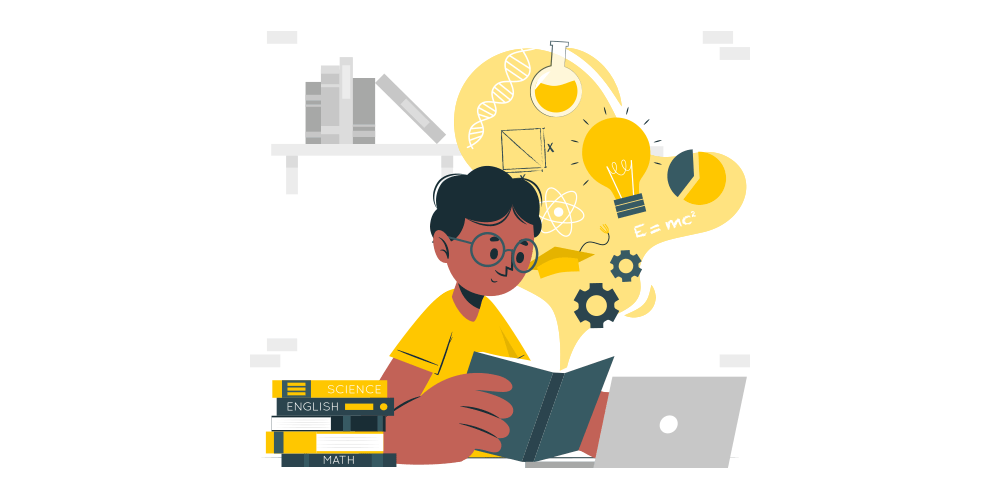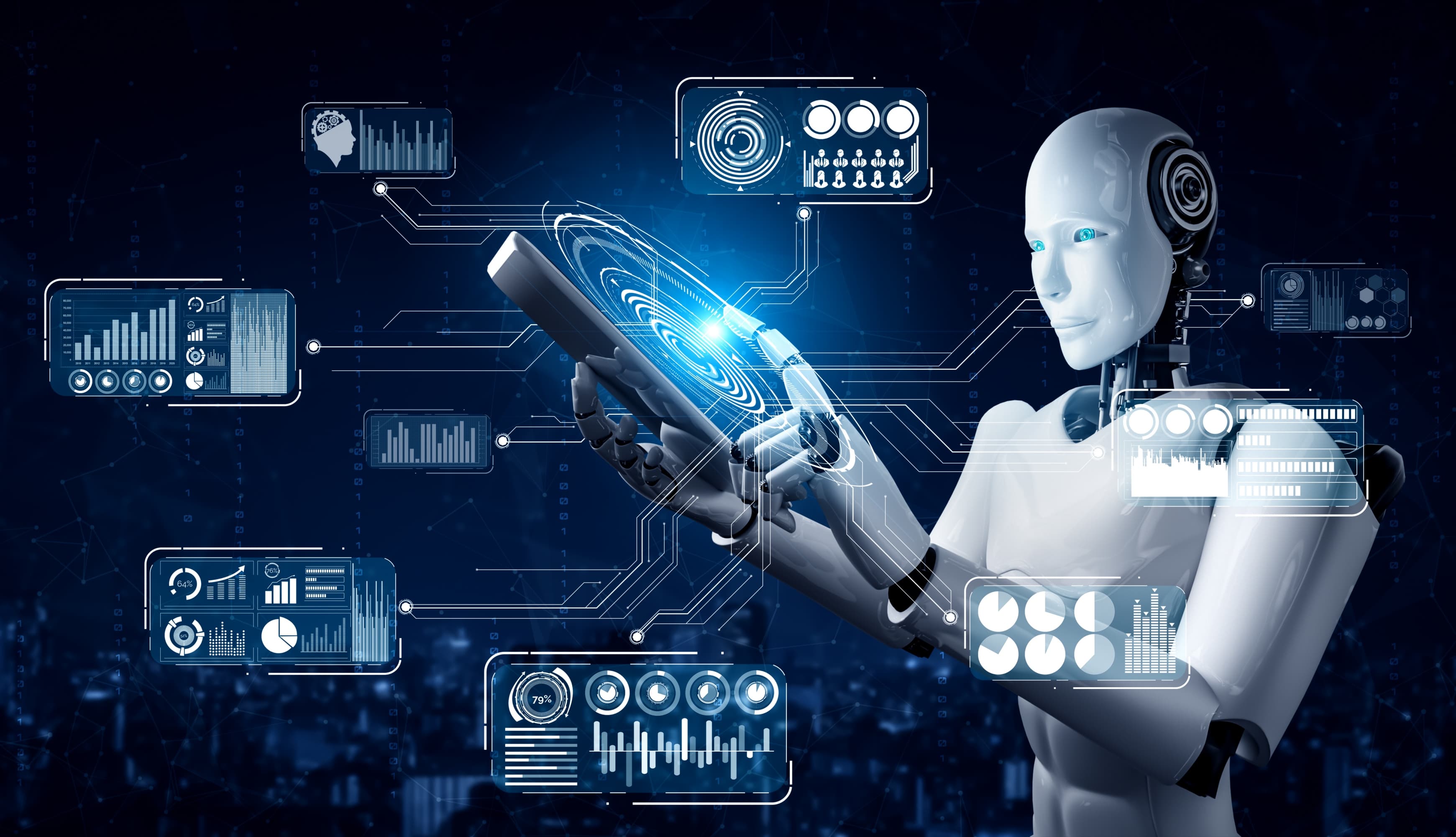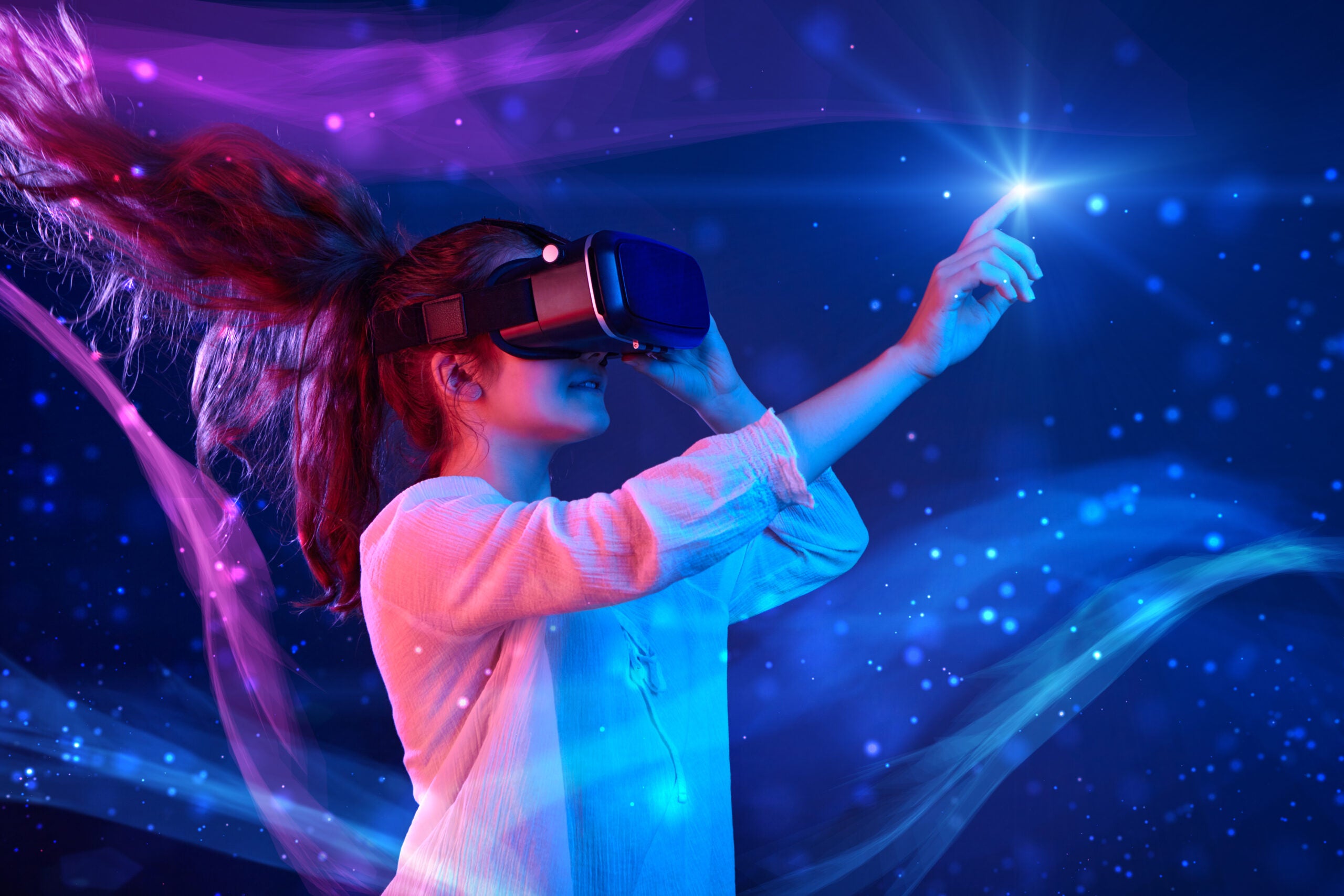Technology has revolutionized the way education is imparted around the world. Education Technology has opened up new opportunities for students and teachers to enhance the learning experience. In India, with a population of over 1.3 billion people and a rapidly growing economy, education has always been a priority. However, the traditional methods of education have struggled to keep up with the pace of the 21st century. This has led to the incorporation of education technology into the Indian education system. This blog will explore the education technology trends that can impact the Indian education system and transform the learning experience for Indian students.
Personalized Learning

According to the Day Schools in Dehradun, The term “personalized learning” refers to a strategy that uses educational technology to create a personalized learning path that satisfies each student’s particular needs while also adapting instruction and learning experiences to each student’s individual needs, strengths, and interests. In India, several personalized learning platforms are available, such as BYJU’S, an app-based learning platform that offers video lessons, interactive simulations, and adaptive exercises tailored to the student’s pace and level of understanding.
Personalized learning in India allows students to learn at their own pace, which encourages critical thinking and creativity. It develops students’ skills and abilities, leading to a deeper understanding of subjects and practical applications. Additionally, personalized learning can bridge the quality gap in education between urban and rural areas, providing equal access to quality education and promoting a student-centered approach.
Online and Blended Learning

Online and blended learning have emerged as significant trends in education technology (ed-tech). Online learning refers to the delivery of courses entirely through the Internet, while blended learning combines online and traditional classroom learning. In India, several platforms, such as Khan Academy and Byju’s, offer these modes of learning.
One of the significant advantages of online and blended learning is the flexibility they provide for Indian students. These modes of learning can address challenges such as long commutes, limited access to quality education, and a lack of resources. Furthermore, online platforms use data analytics to track student progress and tailor the learning experience to individual needs, making learning more efficient and effective.
Another advantage of online and blended learning is that they can prepare students for the digital world by developing digital literacy skills. In today’s globalized economy, digital literacy is becoming increasingly important. By providing students with opportunities to learn online, they can develop the skills and knowledge they need to thrive in the digital age.
Gamification

Gamification, the application of game mechanics to non-game contexts such as education, has become a popular trend in recent years. It aims to increase student engagement, motivation, and learning outcomes. Platforms like Classcraft and Kahoot! use game mechanics such as points, levels, and badges to make learning more enjoyable and engaging.
Gamification can help address the issue of low engagement and motivation among Indian students, which can lead to poor academic performance. By incorporating game mechanics into the learning process, gamification can make learning fun and exciting. Furthermore, gamification can provide immediate feedback and rewards for students’ progress, which can increase their motivation to learn.
Gamification can also help students develop important skills such as problem-solving, critical thinking, and collaboration, which are essential in today’s job market. By gamifying the learning process, students can learn and develop these skills more engagingly and interactively.
Artificial Intelligence and Machine Learning

As per research conducted by Schools in India, Artificial Intelligence and Machine Learning are education technology transforming various industries, including education. In education, they can provide personalized learning experiences for students, automate administrative tasks, and improve the overall learning experience. Artificial Intelligence based tutoring systems analyze student data and provide real-time feedback and personalized recommendations to improve learning outcomes.
Improved efficiency is one benefit of AI and ML education technology in education. Time can be freed up for teachers by automating administrative tasks. This can be especially beneficial in India’s education system, which often faces resource constraints. Another advantage is increased personalization. AI and ML education technology can analyze student data and provide personalized recommendations and feedback, catering to their individual learning needs. Lastly, AI and ML education technology can improve the overall learning experience for students. With AI-powered education technology tools, students can interact with virtual tutors, receive immediate feedback, and access educational resources.
Virtual Reality

Virtual reality, or VR, is an immersive technology that creates a simulated environment, which is beneficial in education. It provides a unique opportunity for students in India to explore and learn, as it is difficult to replicate real-world experiences. VR educational technology can be used in various subjects, including science, history, geography, and art, to make learning more interactive and engaging.
The advantages of VR in education include better visualization of complex concepts, hands-on experience in real-world scenarios, and a more engaging learning experience. It can help students who struggle with traditional teaching methods or have difficulty visualizing concepts. Additionally, it can provide a better understanding of the environment and the impact of human activities on the natural world.
Overcoming Challenges for Education Technology Implementation in India

Education technology has the potential to revolutionize education in India, but Education technology faces several challenges that must be overcome for its successful implementation. One of the biggest challenges of Education technology is the lack of infrastructure and access to technology, especially in rural areas. There is also a shortage of trained professionals to implement and maintain Education technology solutions, which can limit their impact. Additionally, Education technology solutions need to be culturally appropriate and accessible to students from diverse backgrounds.
To address these challenges, there is a need for investment in infrastructure, technology, and private sector involvement. The Indian government has launched several initiatives to promote digital literacy and increase access to Education technology. Training and capacity building for teachers and education professionals are also essential for the effective integration of Education technology solutions into teaching methods. Ongoing support and professional development opportunities can help teachers stay up-to-date with the latest Education technology solutions and teaching methods.
Investing in teacher training and digital literacy is also critical for bridging the digital divide in India. By providing students with access to Education technology and the necessary skills to use it effectively, we can help create a more equitable and inclusive education system.
Conclusion
Education technology has the potential to transform the Indian education system by providing personalized learning experiences, online and blended learning opportunities, gamification, AI and machine learning, and virtual reality. To fully realize the potential of Education technology, there is a need to invest in teacher training and digital literacy, collaborate to provide affordable access to Education technology platforms, and constantly innovate and improve. By doing so, India can prepare its students for the future and create a more equitable and inclusive education system.






